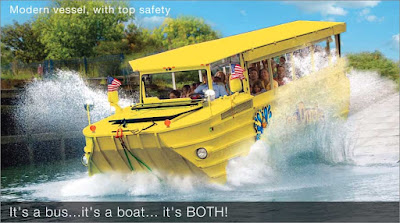The local paper came into the Family History Center one evening and did an article about family history. They even have a picture with Art in it.
For a brief hour and a half on Thursdays, a room attached to the
Jesus Christ of Latter-day Saints church in Barrigada opens up to the public.
That’s when visitors crowd around a half-dozen computers in the
Guam Family History Center, pouring over online documents like they’re trailing
through clues.
Those “clues” are names, dates, and locations pulled from
genealogy sites and other resources available for free at the center.
Genealogy, however, is only one part of what the center assists
with, says Tami Burton, the center’s director.
“We see family research with several aspects and one of them is
keeping our own records, writing stories about our lives and things that are
important to us that we might want to hand down for future generations,” she
says. “And then also researching for family members who have passed away and
helping our children to develop a connection with those traditions and family
stories. We think it helps them feel more grounded.”
Regardless of religious affiliation, the center offers free
service for everyone interested in researching their family history.
Much of it begins with FamilySearch.org, one of the largest
genealogy organizations in the world, funded by the church. FamilySearch works
with archives, libraries and churches in more than 100 countries to give people
access to records, which connect them to their ancestors.
While FamilySearch is freely accessible online, researching at
the center offers access to other premium sites, including Ancestry.com, and
help with researching your family history.
For example, the center often assists with navigating through
the Micronesian Area Research Center at the University of Guam.
“Sometimes people are hesitant to go in there, and they’ll give
us some information on their family and we’ll go in there and find it,” Burton
says.
Researching family history goes beyond the libraries and
records. It also means talking to family members, including older generations —
something the center assists with as well.
It can be tricky to talk to island elders, however, especially
when they’ve endured living through trauma, including the war.
“Some people are hesitant to talk about experiences,” Burton
says. “Some things were emotionally shocking to them and difficult for them
talk about it. But it might be therapeutic for some people to talk about things
that were awful experiences at the time. The fact remains they were strong
enough to survive it and their stories can strengthen their children.”
Burton knows of the obstacles many face when trying to interview
family members who have lived through the occupation.
“We recommend that people try to talk to their surviving family
members and do it with a compassion and not to push them beyond what the person
they’re interviewing wants to give them, but to not shy away from it just
because it’s not going to be a pleasant topic,” she says. “We want them to
bring it up and not talk about it and pretend it’s not a part of the history,
because it is part of the history.”
With wars, typhoons and a culture of oral history, records can
be scarce for island residents and those from our region. FamilySearch and the
center continue to move forward with digitizing documents all over the world,
even recently collecting data other islands in Micronesia. The center also has
completed some work with the MARC on digitizing different documents.
One of the next big projects include working with the governor’s
office to digitize some four million vital records to eventually give the
public more data to build their family history.
Yet even with digitization, there’s still another step before
it’s accessible. The information must be indexed to be searchable. The Internet
has helped close that gap, allowing people from all over the world to help
index through the FamilySearch website.
You can look forward to that old, new information in the future
as well as the annual Guam Family History Fair, to learn more on the subject
and see presentations made by island experts.
This year’s fair took place on Sept. 26 where Guam historian
Tony Ramirez spoke on preserving oral history and the Guampedia documentary,
“Voices of the Elders” was presented.
In the meantime, you can check out the center once a week to
begin your own search for your family history.
“It’s really fun and people really, really enjoy it,” Burton
says. “Once you start looking, you start to find all kinds of things about your
ancestry. It’s like a puzzle piece because you start with a little bit.”
IF YOU GO
·
What: Guam Family History Center
·
Where: Jesus Christ of Latter-day Saints church in
Barrigada (left side of the building)
·
When: 6:30 to 8 p.m. Thursdays
LEARN MORE






















































